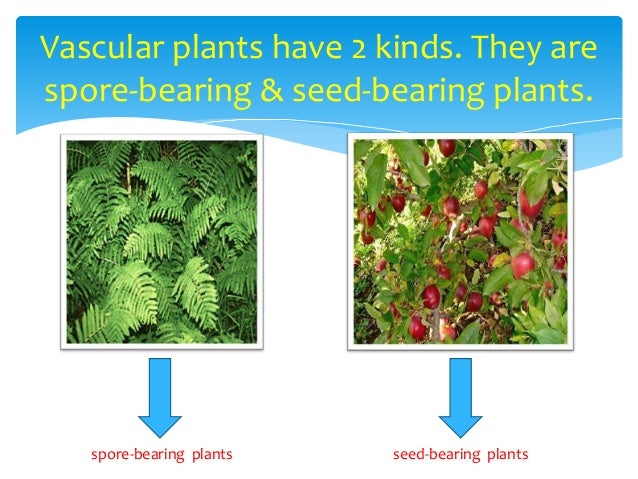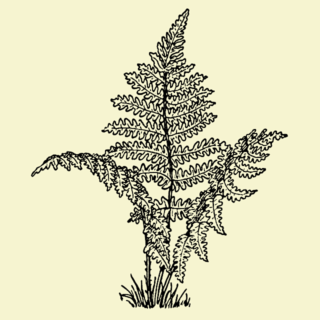
Green algae have long been thought to be ancestral to plants, and DNA evidence has confirmed this.



We understand the mechanisms of change (mutation) in DNA.DNA is what is actually inherited between organisms.Classification today is based on DNA sequencing.two very different types of prokaryote.It shows a more realistic view of the world of life:.The Three Domain system was invented Carl Woese, based on sequencing ribosomal RNA.Plants evolved from protists, but where is the boundary between them?.The Monera are the prokaryotes: the domains of Bacteria and Archaea.This led to the Five Kingdom model of R.single celled eukaryotes (protists) are not easily classified as plants or animals or fungi.bacteria and other prokaryotes are fundamentally different from plants and other eukaryotes.New things kept being discovered, and several things became obvious:.(All in Latin, of course) although this system was invented for convenience, it fit evolutionary reality fairly well, and we still basically use it (with modifications and corrections) He also invented the kingdom-phylum-class-order-family-genus-species hierarchy. This meant 9 stamens with 1 pistil in the same flower. (like Homo sapiens) He also grouped them into larger groups (classes) based on sexual characteristics: the Sexual System of Classification For example: "Nine men in the same bride's chamber, with one woman“.

Linnaeus shortened this to the binomial: genus followed by species. Plants were grouped into genera and given multi-word Latin names. Carl Linne Swedish naturalist: Latinized name Like Aristotle, he classified the world into plants and animals, but divided these groups up by the presence of various traits. Linnaeus Carolus Linnaeus (1707-1778) a.k.a. Aristotle’s views were considered definitive, about this and everything else in the physical world, up until the development of science in the 1600’s.he wasn’t thinking about evolution or phylogeny!.This matches our naïve view of the world: living things come in two basic varieties: those that move around (animals) and those that are rooted to the ground (plants).Three sub-groups for each: for plants: its size, and for animals, where it primarily lives. He classified living things into plants and animals. If we go back to ancient Greek times, Aristotle (350 BC) was the first and most influential classifier of the world.


 0 kommentar(er)
0 kommentar(er)
